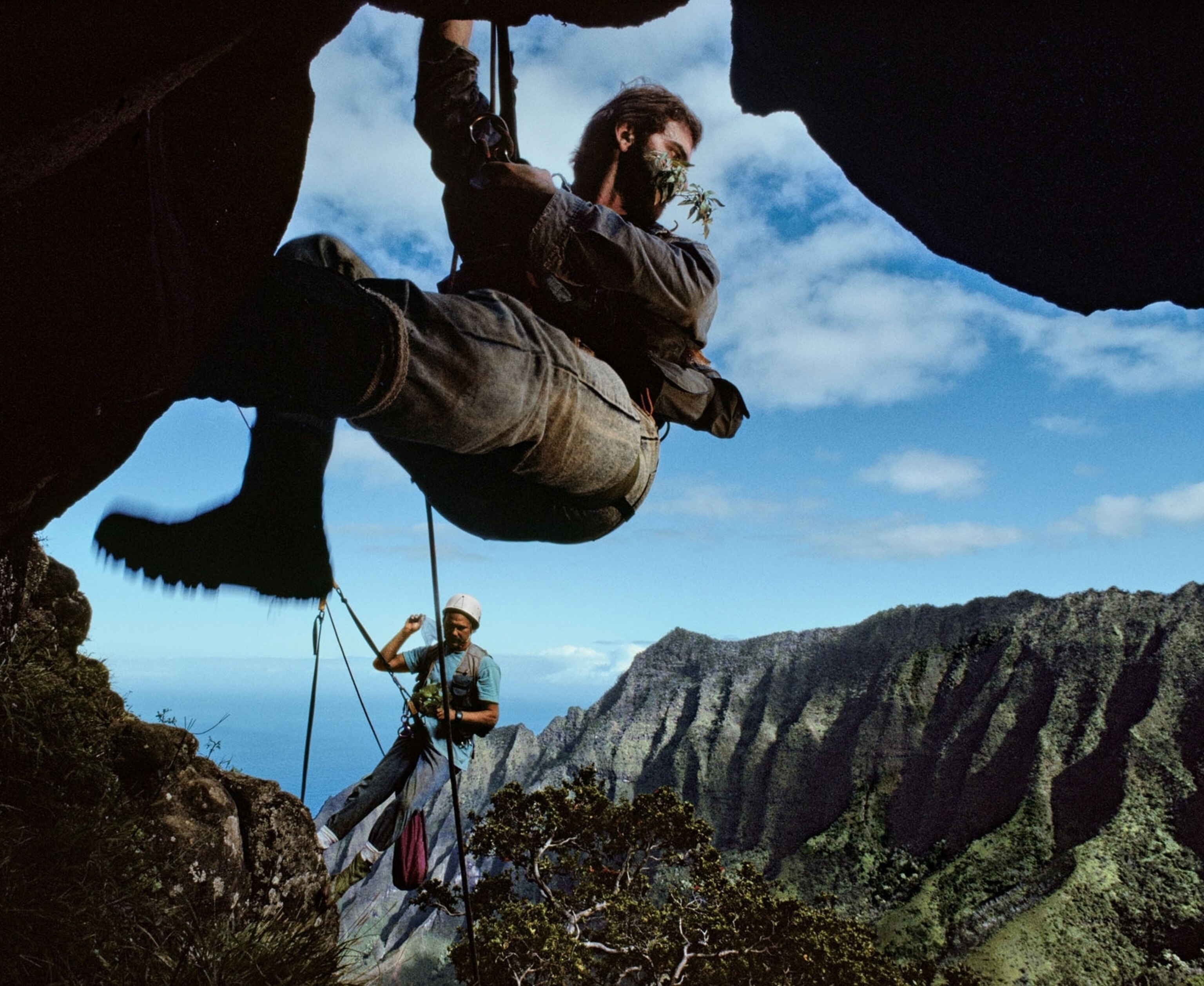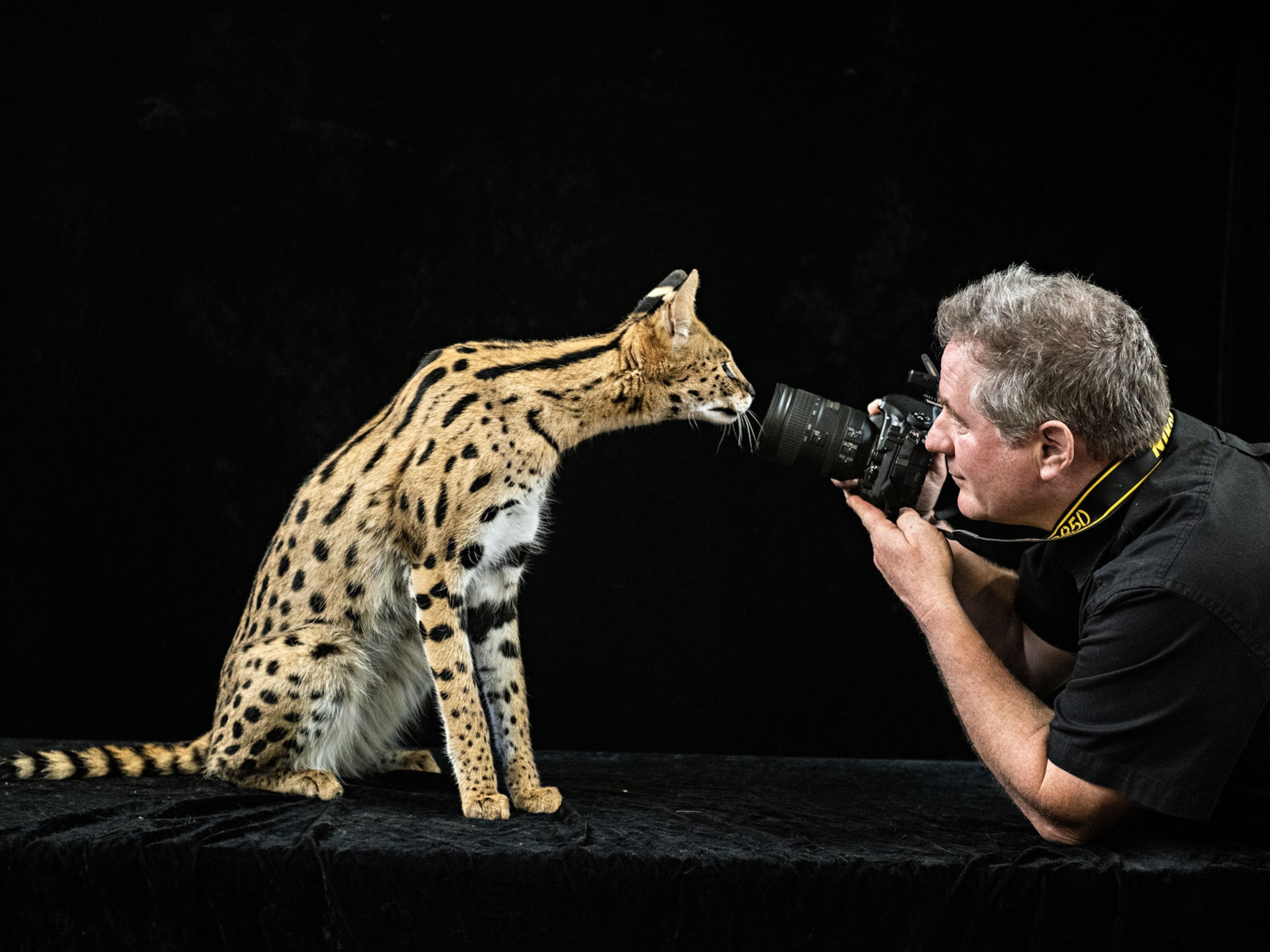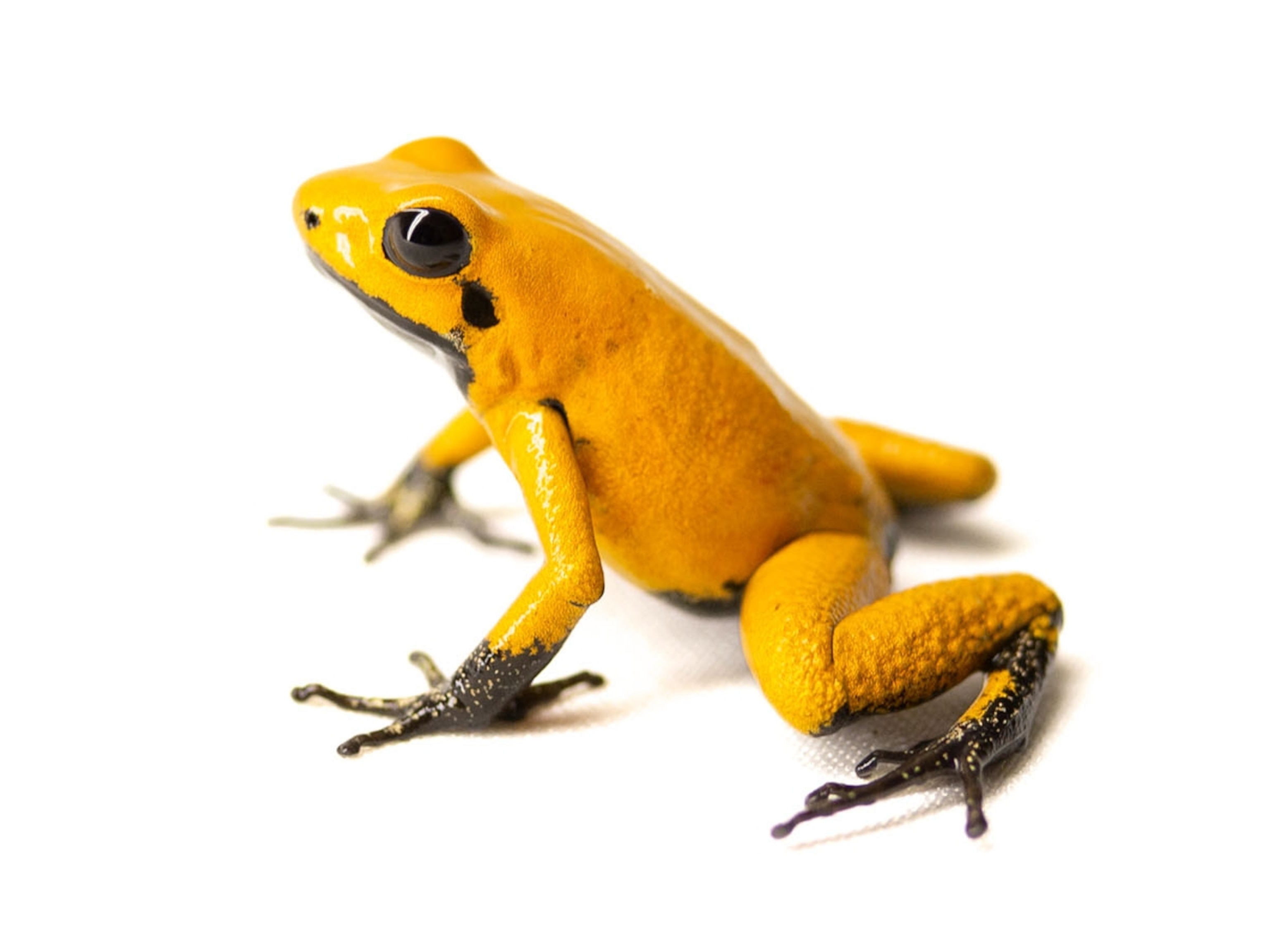
Going to extremes to preserve rare tropical plant species
On Hawaii’s ‘Garden Island’ of Kauai, botanists stage search-and-rescue missions to head off extinction of native plant species.
On the edge of a rusty-red cliff at Waimea Canyon, on the Hawaiian island of Kauai, grows a seemingly unremarkable shrub, Melanthera waimeaensis. But these narrow-leafed plants, numbering seven in all, are anything but ordinary: They’re the last of their kind growing in the wild.
(Exotic Plant's Once-a-Century Bloom in Pictures)
M. waimeaensis is just one of hundreds of plants disappearing as invasive flora crowd out Hawaii’s native species and introduced animals (such as wild boar) disrupt local vegetation. Today 134 plant varieties (or taxa) unique to the islands are thought to be extinct, and the rate of loss is accelerating: In the past six years, 12 species have vanished. “That’s big time,” says botanist Kenneth Wood of the Hawaii-based nonprofit National Tropical Botanical Garden.
Working alongside Hawaii’s Plant Extinction Prevention Program staff, Wood has spent decades venturing to the archipelago’s remotest corners seeking spots where rare plant species linger. From tromping through dense forest to rappelling off cliffs, the team does what’s necessary to collect seeds and cuttings and to identify areas that need protection. The goal: to preserve biodiversity for future generations.
“To me,” Wood says, “it’s self-evident that all life-forms should be treated equally” and be granted “a habitat to increase and to not be disturbed.”




